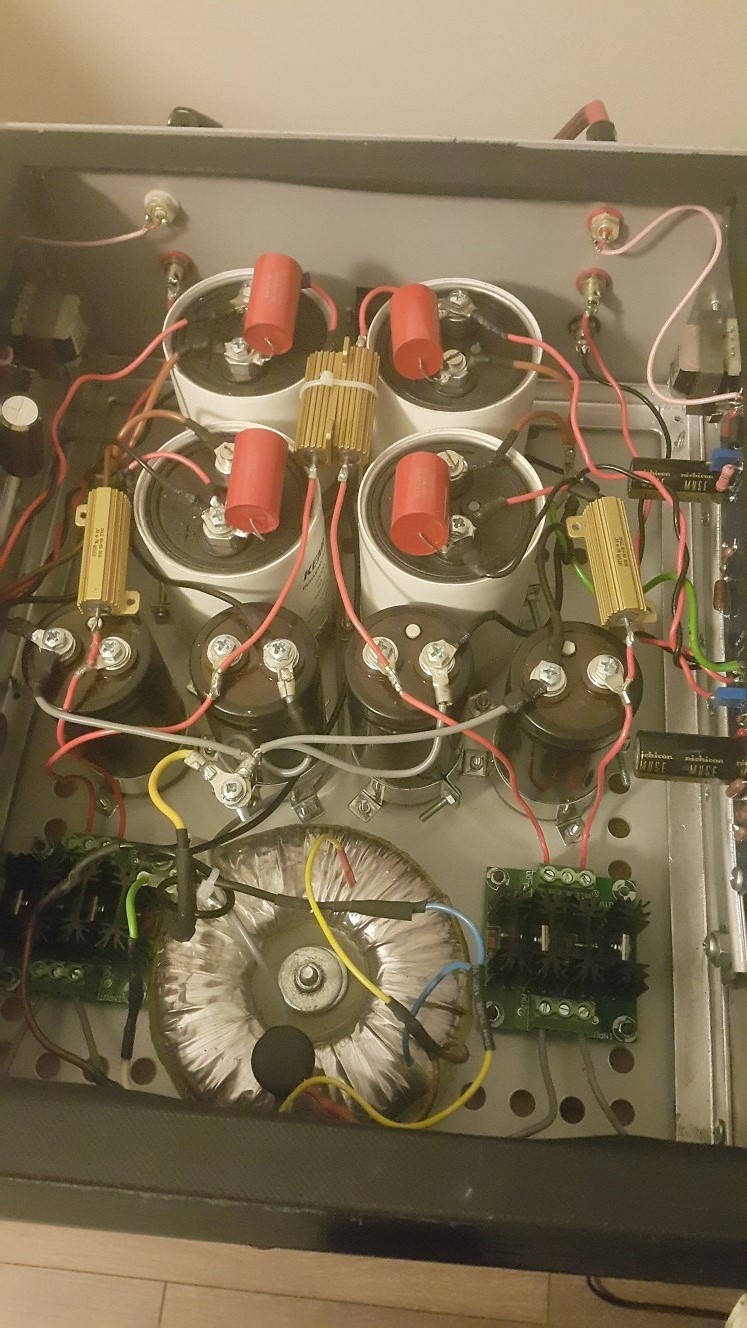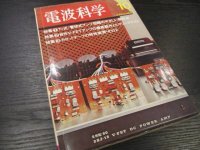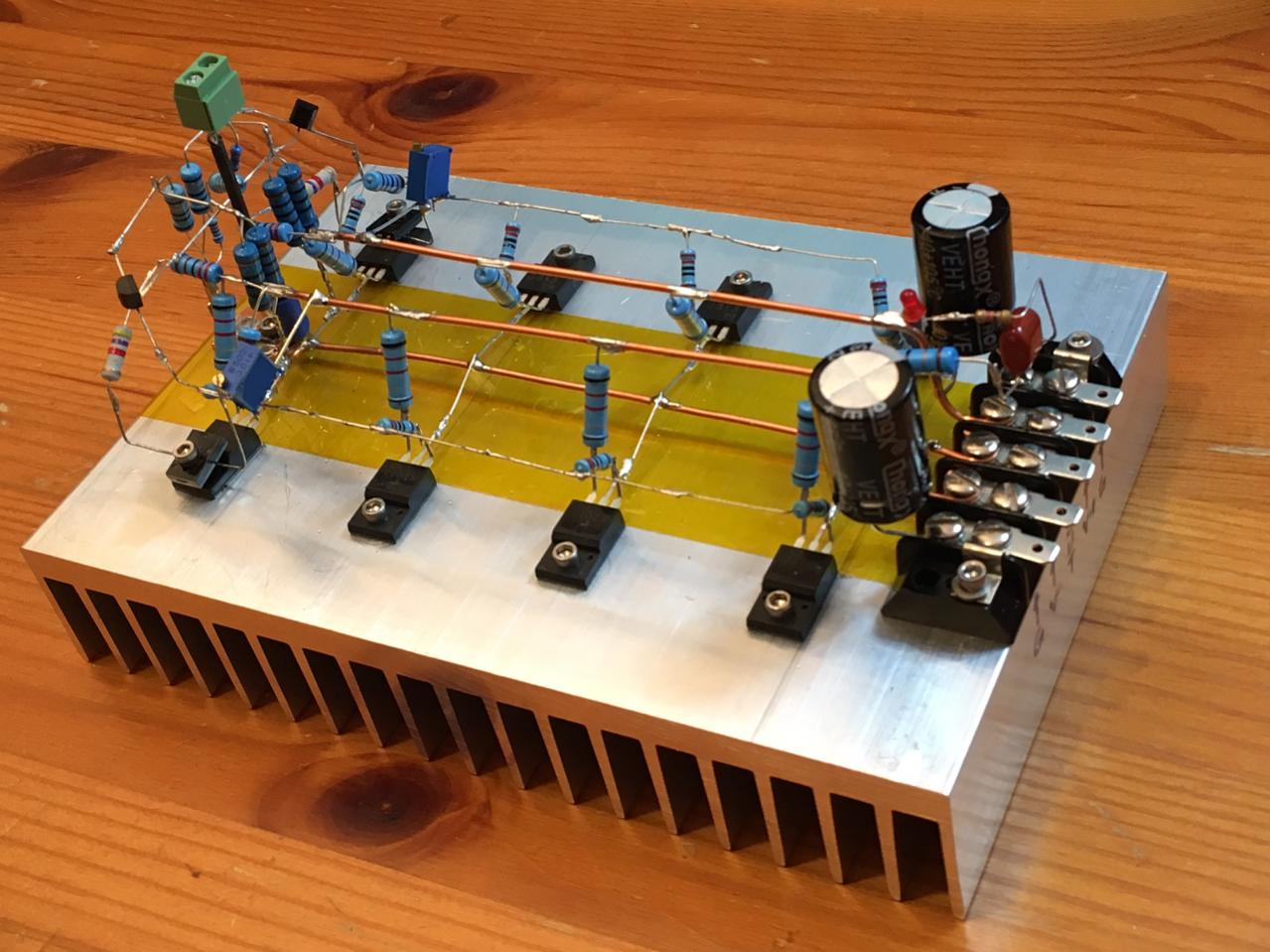Here's my diy Sony VFET amp. Burned it in for several multi-hour sessions with test speakers. All is well and sounding great.
- store 4U deluxe chassis
- heatsinks adapted for external removal
- baseplate drilled/tapped - no fiddly nuts!
- wired for easy component removal
- TeaBag 40mm PS + Panasonic TS-HA caps
- Elliott style GLB
- 2x22V 400VA SumR/Primrose shielded transformer - specially wound for Class A
- "neat & tidy" wiring
- matched IRFP240/IRFP9240
- matched 2SJ313/2SK2013
- matched 2SJ74BL/2SK170BL
- Silmic II caps
Many thanks to Nelson Pass and the rest of the "project VFET" team for making all this possible!
BK
Excellent example high quality amplifier DIY.
Smart components choice , clean wiring +

Thanks Bk856er for beauty photos
Best regards
Attachments
It s my beauty..


An externally hosted image should be here but it was not working when we last tested it.
Where is the PSU 0V to safety ground connection? I see a screw hanging loose with a bunch of wires attached but it is impossible to see if it is connected to GND via a diode bridge and thermistor.
There are..Where is the PSU 0V to safety ground connection? I see a screw hanging loose with a bunch of wires attached but it is impossible to see if it is connected to GND via a diode bridge and thermistor.

You should use a diode bridge to make that connection, check the latest psu schematics in the first watt website. Such as the one in the F5turbo article.
Grnd is connected by thermistor to chassis. There is no any hum or noise, absolutly dead silence . Really should i add diode bridge?
I have mentioned this before, but I will ask again:
Has anyone posted test results to show that a Power Thermistor can pass Fault Current to Protective Earth and survive long enough to blow the mains fuse?
Has anyone posted test results to show that a Power Thermistor can pass Fault Current to Protective Earth and survive long enough to blow the mains fuse?
I saw it in my Ongaku clone. Then the fuse blew up.
After It I changed the main transformer.
CL60
After It I changed the main transformer.
CL60
To use power thermistor is allway risky if you dont know its behavoir.
for example, it s weak against inrush current after immediately power is turned of. You may have to wait a little for it has cooled.
for example, it s weak against inrush current after immediately power is turned of. You may have to wait a little for it has cooled.
He is suggesting the Power Thermistor in the main audio ground to chassis connection. This does not pass significant current in ordinary operation.To use power thermistor is allway risky if you dont know its behavoir.
for example, it s weak against inrush current after immediately power is turned of. You may have to wait a little for it has cooled.
The only time it passes significant current is if it has to pass Fault Current to PE in the event of some catastrophic mains failure inside the equipment.
A Soft Start in the primary circuit to the transformer is completely different.
Has anyone posted test results to show that a Power Thermistor can pass Fault Current to Protective Earth and survive long enough to blow the mains fuse?
I'd love to see a test like that!
Why don't you do it and post the results. That would be wonderfully helpful to the community.
I did test the power rectifier and posted the results some years ago !
Care to share a link or repost that info. It would be quite interesting.
- Home
- Amplifiers
- Pass Labs
- Pictures of your diy Pass amplifier


